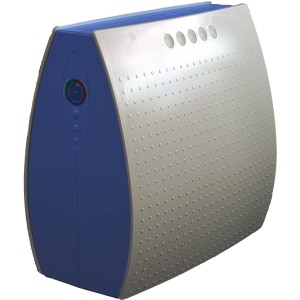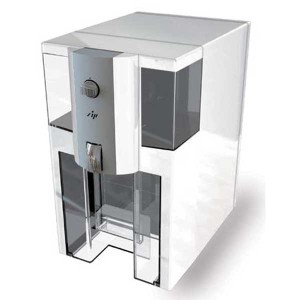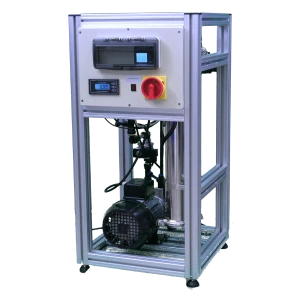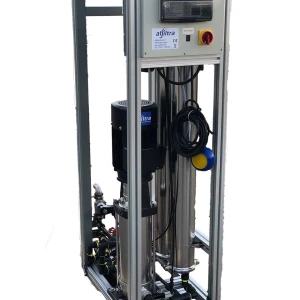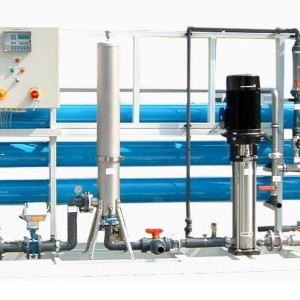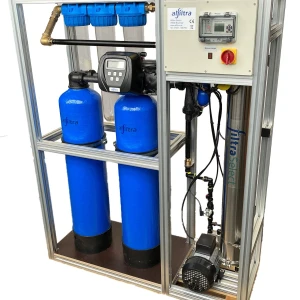Water for baby food, germ formation in drinking water...etc.
Water for baby food
Reverse osmosis-purified “baby water” is offered in a tetrapak by a well-known baby food manufacturer. For the baby food manufacturer's nutrition experts, one thing is certain: water should contain as few minerals as possible for small children. Because of their rapid growth, their kidneys have to work particularly hard and are put under unnecessary strain due to a high content of inorganic salts. The supply of minerals is guaranteed to a much greater extent by solid food than would ever be possible with water. In water, the vital calcium forms an inorganic bicarbonate, which cannot be absorbed by the body in this form. In food, calcium is bound to carbon and therefore becomes bioavailable. You can make your own baby water with our systems for around 3 cents. / liter!

Reverse osmosis is now the industry standard - also in Germany. Large bottling plants based on reverse osmosis have been operating in the USA for many years. Bonaqua from Coca-Cola is just one example. There are many applications - for example, the inexpensive production of excellent water - instead of carrying heavy crates of mineral water. The popular water carbonators are operated with bacteriologically safe water and this also reduces the dangerous contamination of the shower. Coffee and tea taste excellent.
The aging process of the cells is stopped by removing mineral deposits.
Germ formation in drinking water
Germ formation is minimized using glass/stainless steel as a storage medium. However, the risk of germ formation in water is relative, as these are not pathogenic germs. Dairy and meat products, juices, but especially our saliva and the oral mucous membranes contain significantly more germs than even warm brackish water. There is a small risk of subsequent germ contamination in the storage medium, depending on the storage period and temperature, but this is also prevented in our devices by a downstream activated carbon filter block.
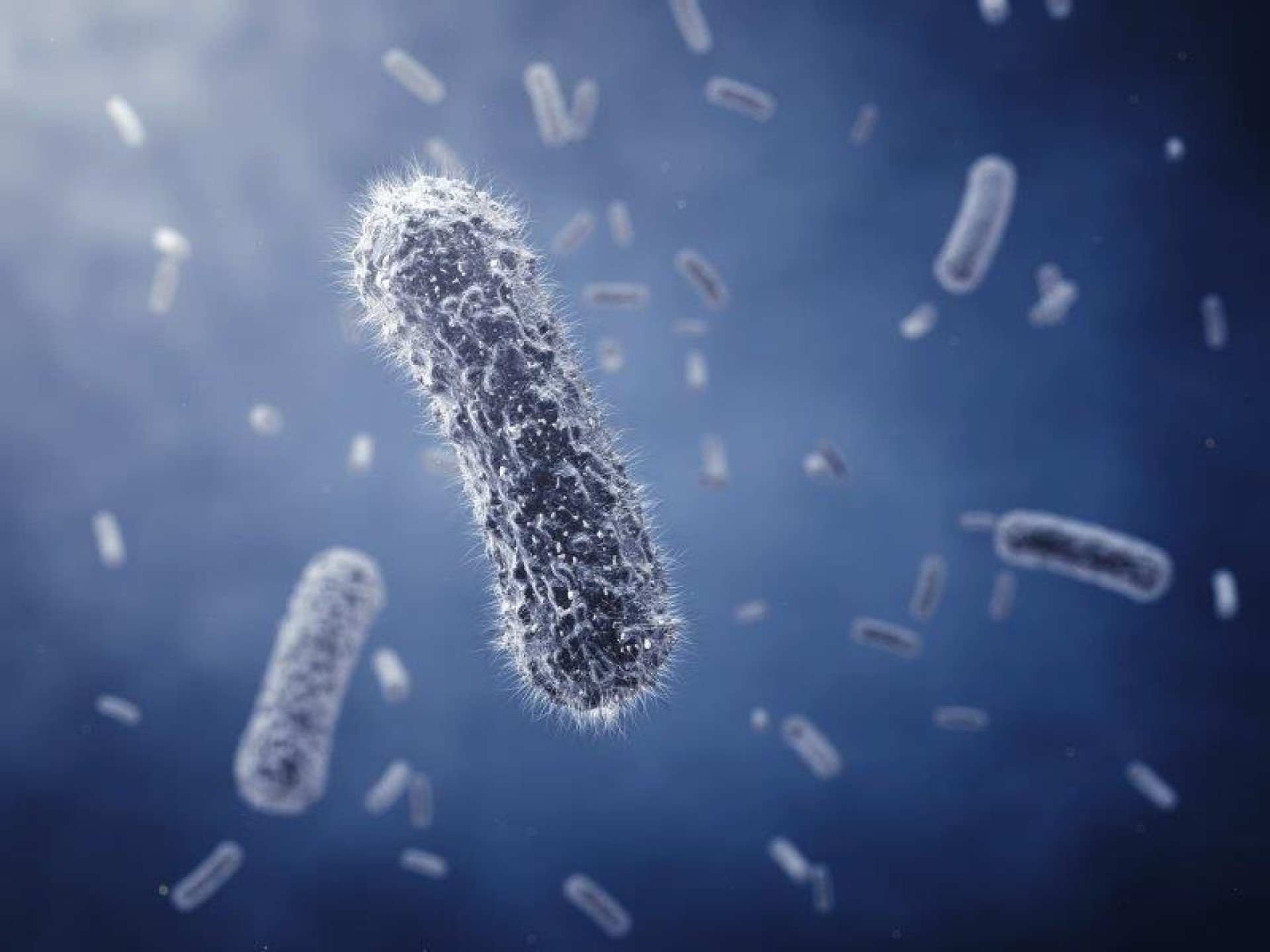
Bioavailability of minerals in water
Minerals must be present in combination with other minerals and vitamins in order to be properly absorbed by the body. For example, calcium absorption is only guaranteed as organic calcium phosphate. Pure calcium carbonate, such as that found in hard water, is deposited in human cells; it forms the "anchor" for so-called arteriosclerotic plaques, kidney and bladder stones and must first be converted back into calcium phosphate in order to be stored in the bone depots to be able to. This happens, for example, through the energy molecule ATP (adenosine tri-phosphate), which is present in large quantities in fruits. Is bottled water sensible and ecologically justifiable? Over the past decade, mineral water has bubbled up across Europe into a lifestyle product. The German mineral water industry alone filled a total of 18.5 billion bottles in 2005, with sales of 7.6 billion euros - and the trend is rising.
Germany a fountain country?
Every year, 27,000,000,000 bottles are sent out (not counting the French and Italian ones!). Everyone can estimate for themselves the share of these transports in the German motorway traffic jam, as well as the amount of energy that is consumed. It would be so easy and inexpensive to produce the supplies yourself at home. It is understandable that environmental conscience is gradually weighing on the 242 German mineral well operators. Environmental campaigns, sponsorship, environmentally friendly label adhesives and bottle cleaning, large-scale cleaning systems in the bottling plants should help us to overcome the question of the sense and nonsense of the “sparkling salt water” business?
The lobbying argument of many mineral water manufacturers and waterworks operators “vital minerals” is simply a successful advertising hoax. In mineral water they are present in nutritionally insignificant quantities. Example potassium: daily requirement according to DGE: 3000-4000 mg; Dissolved in mineral water: usually less than 10 mg per liter. Example of the important calcium - in 10°dH hard water there is just 100mg of inorganic calcium oxide (CaO) in one liter. Children have a minimum requirement of around 1000mg/day. Based on your water hardness, calculate the number of liters that would have to be drunk per day so that only the minimum needs of the entire family are met. Minerals also only become bioavailable when they are present in balanced proportions and organically bound - as is usual in mineral preparations. Example: One liter of milk contains 1200 mg of calcium in organically bound form.
Therefore, do not believe everything that advertising promises you. Especially when it comes to your diet and therefore your health.







